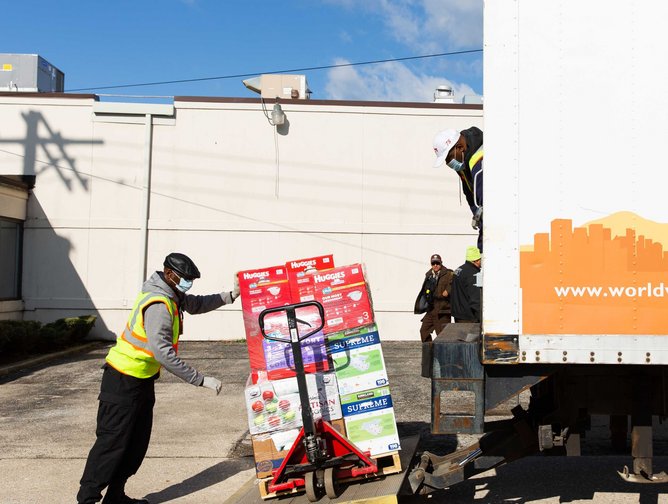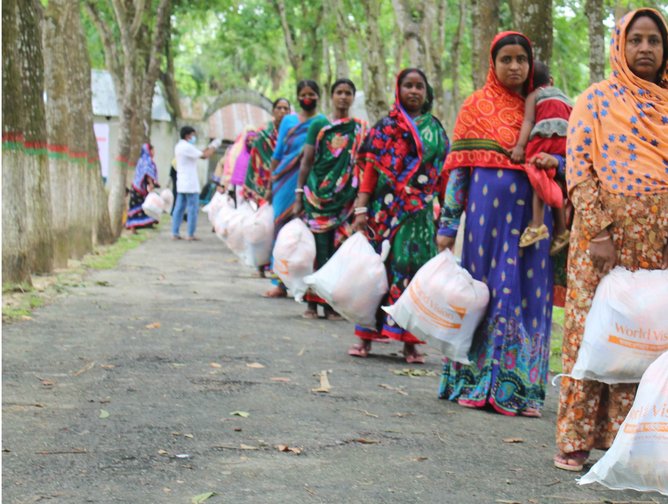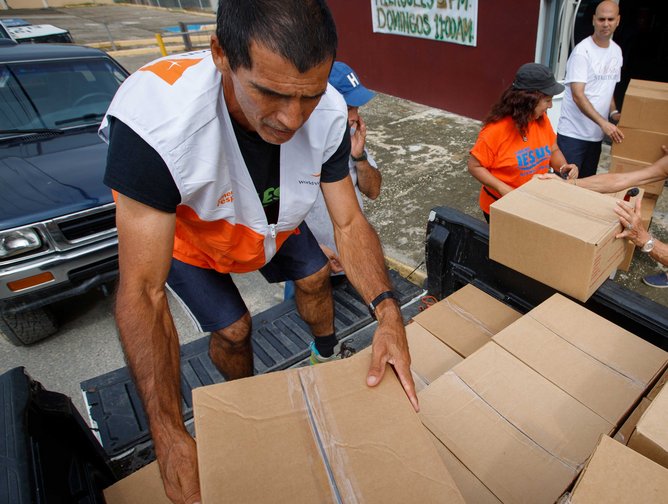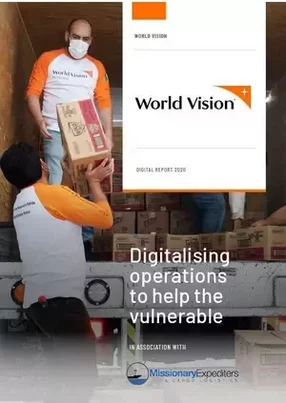World Vision: digitalising operations to help the vulnerable
When it comes to digital innovation at World Vision, Tim Covell, Supply Chain Director at the organisation explains that its strategy is not necessarily ‘cutting edge’.
“We’re probably more on the other end of the spectrum where we are intentionally not cutting edge. Instead, we’re looking to be frugal, using technology that has the highest return on investment (ROI), as well as applications that provide the most effective impact,” so when it comes to digital transformation, World Vision is focusing its efforts on its demand planning, fulfilment and distribution.
“In terms of demand planning, our stakeholders and program leaders from around the world are serving in various communities and they need to have a simple and common tool that we can pull from. Over time, we have developed a tool with a fairly simple input process, and then we aggregate all those answers into a global demand each year, and this process has continued to be refined year on year. When it comes to fulfilment and global distribution, I would say that we are still on a journey about how we can build global solutions. Here in the US, we had a big win several years ago when we introduced a common ERP system for both managing donations as well as ministry executions for serving our communities. Now that we're on a common platform, the ability to move products around to maintain control has really been bolstered,” adds Covell.
He adds that, “Envista has been our partner for a little over four years and they have played an important role in allowing us to utilise our ERP for nonprofit application. A lot of what we do is non-standard, we are using an ERP built for profit in a nonprofit organisation, so being able to manage that efficiently and effectively we are really thankful for Envista for providing the expertise.” Other technology World Vision has adopted to digitally transform its operations include the adoption of a new TMS system about a year ago, “and so we are still going through the learning curves of the system and looking to be as effective as we can with that tool which has a huge opportunity to be much more impactful than the homegrown system that we were using prior to that.”
Reflecting on the future of technology at World Vision, Covell notes that one area his team has been looking into in the last year and will continue to do so in the future is having an impact assessment of donated Gifts in Kind (GIK) to understand how to maximise the freight dollar spend and where the company can use it for the most significant impact. “As a result we are looking into improvements that we can make to our operations when it comes to technology to enable this in the future.”
When it comes to the importance of technology, Covell believes that “having connectivity to all of our stakeholders, donors, carriers and customers is critical. As a team - aside from the ones who are continuing to work in warehouses and distribution - we are able to work from home. The team that's interacting with our various stakeholders are able to work from home and not miss a beat and that has been excellent. However, in my personal opinion, this is not going to be the new normal. I personally believe that being together as a team provides great value due to the connectedness of the team. Working from home creates challenges that you need to overcome on a day to day basis. So I don't see this as the new normal, I think the days of the office aren’t numbered.”
Since the outbreak of COVID-19, Covell explains that while its office based teams have faced minimal disruption, the operations of organisation have not been without challenges. “It's interesting times for sure,” notes Covell, “here in the United States we have had to deal with not being able to bring in our volunteers for our seven sites in the US which we rely heavily on to make our operations work. So not having the volunteers has been a significant disruption. In terms of distribution, we are still getting donations in from corporations which is awesome, but the team has pivoted to emergency response instead of normal distributions, so we are currently serving a global emergency response as well as a local emergency response, which putting all these elements together makes a very challenging environment,” comments Covell. He believes that “the US team has done an excellent job setting up distribution hubs at 12 different sites around the country and have been ramping up efforts to get food and essential supplies to each of those hubs on top of serving 17 of the most fragile countries impacted by COVID-19.”
When it comes to the future of the industry, Covell details that “one of the dynamics of poverty is the inability to deal with emergencies or crises as they emerge and you're living paycheck to paycheck, day to day just to get by. Therefore, having an emergency like COVID-19 reinforces the need for organisations like World Vision and many others to be engaged in caring for and uplifting communities that are struggling to break that cycle of poverty. So for me, COVID-19 reinforces the criticality of our ministry and services for the future.”
Reflecting on the organisation, Covell explains that “World Vision intends to provide a total business solution for corporations, offering a holistic approach with team activities, kit builds, cash donations, and GIK. We have an excellent team that works with these corporations in terms of developing relationships and working with them. Then, once a donation is made, my team then is the execution arm, so our focus is on providing a high level of service to the donor. In particular, we focus on having a short response time to get the product off of their dock - which is typically a priority for corporations - providing a reverse logistics solution, integrating with the donor’s operations. Finally, maintaining that ministry focus and making sure that we are a pull operation is key. It’s important that we're never taking a product from a corporation and then pushing it to a ministry site, instead we make sure at every turn that we're responsive and sensitive to what is needed at the ministry site to care for people, making sure that the product we're sending is providing value.”
However, this mission isn’t done alone. Covell explains that World Vision is a small team which relies on its logistics partners significantly internationally and domestically. “In terms of international logistics MX Shipping has been a core partner specialising in access to really challenging countries and last mile scenarios. On the domestic side, we have several core partners that we work with including C.H. Robinson and Radiant two key partners that we lean heavily on. My philosophy is to have a few core relationships and not to jump around every year to build strong relationships and grow together. However, on the flip side, I'm not a fan of being single sourced and not having options, so having a few partners in each category allows checks and balances ensuring that we're being cost effective as we go forward.”






